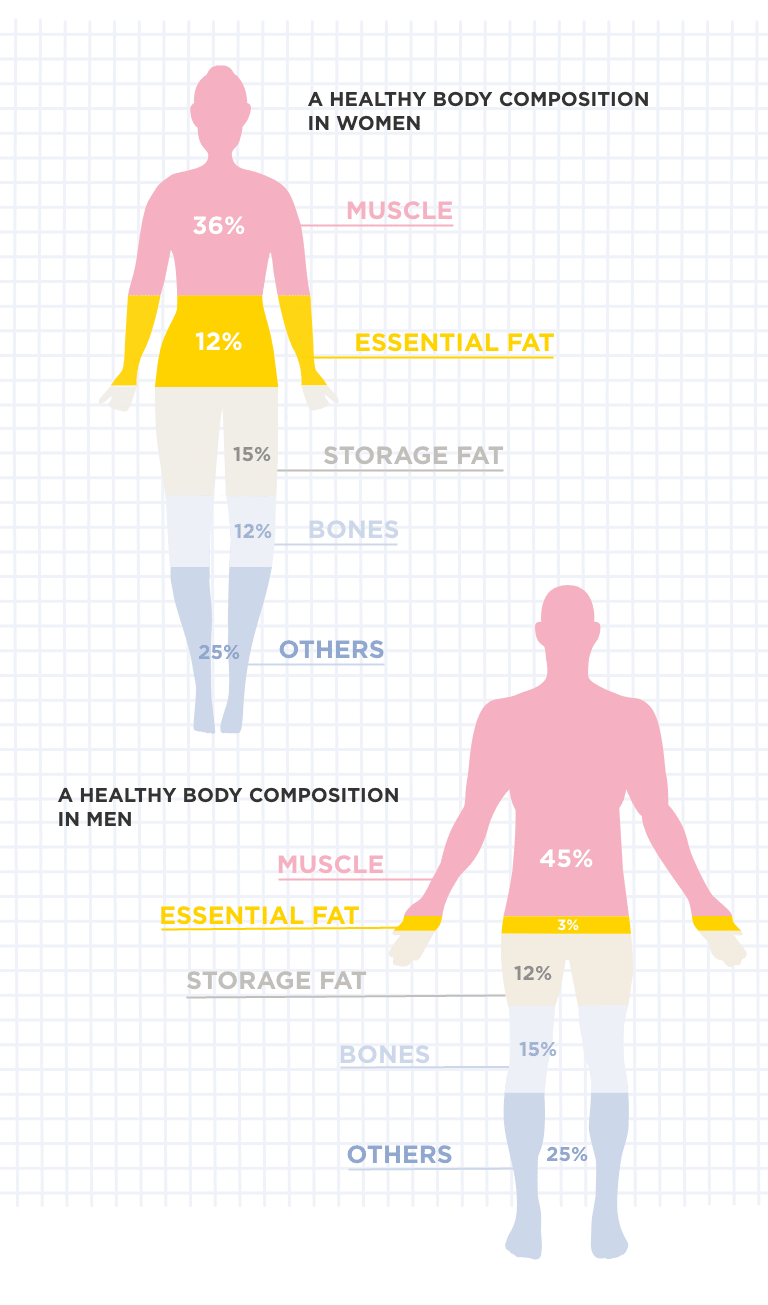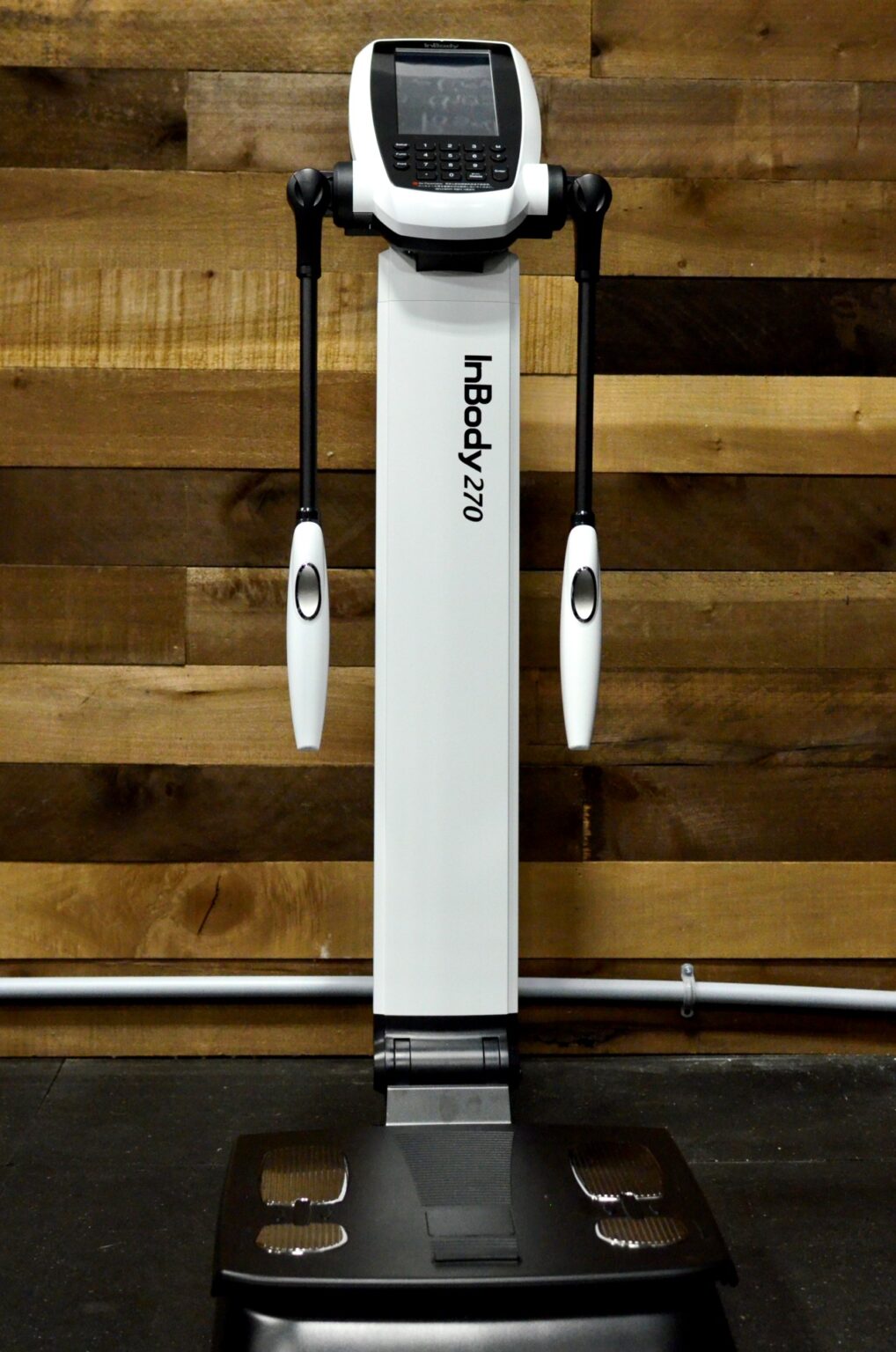


Men have higher cardiovascular mortality, but women have a greater increase in cardiovascular mortality as BMI or waist circumference increases. Although men and women are both susceptible to obesity, health consequences differ between the sexes. This suggests that detailed anatomic and functional imaging, rather than BMI, provides a more complete understanding of metabolic risk associated with sex differences in fat distribution.īody composition differs between men and women, with women having proportionally more fat mass and men more muscle mass. Lower extremity fat is relatively protective, in women more than in men. ConclusionsĪlthough the male pattern of fat distribution is associated with a more detrimental cardiometabolic risk profile compared to women of similar age and BMI, VAT is more strongly associated with cardiometabolic risk markers in women, while IMCL are more detrimental in men. However, VAT in women, and IMCL in men, were more strongly associated with cardiometabolic risk markers, while more lower extremity fat was associated with a more favorable cardiometabolic profile in women compared to men ( p ≤ 0.03). At similar age and BMI, men had a more detrimental cardiometabolic risk profile compared to women ( p < 0.01). However, men had higher visceral adipose tissue (VAT) and IMCL and higher age-and BMI-adjusted IHL ( p < 0.05). Women had higher %fat mass, extremity fat, and lower lean mass compared to men ( p ≤ 0.0005).

Women and men were of similar mean age and BMI ( p ≥ 0.2). Linear correlation and multivariate analyses between body composition and cardiometabolic risk markers were performed. Men and women were compared by Wilcoxon signed rank test. Subjects underwent dual-energy X-ray absorptiometry (DXA) and computed tomography (CT) for fat and muscle mass, proton MR spectroscopy (1H-MRS) for intrahepatic (IHL) and intramyocellular lipids (IMCL), an oral glucose tolerance test, serum insulin, lipids, and inflammatory markers. MethodsĪfter written informed consent, we prospectively recruited 208 subjects with overweight/obesity who were otherwise healthy (94 men, 114 women, age 37 ± 10 years, BMI 35 ± 6 kg/m 2). The purpose of our study was to assess sex differences in body composition using anatomic and functional imaging techniques, and its relationship to cardiometabolic risk markers in subjects with overweight/obesity. Body composition differs between men and women, with women having proportionally more fat mass and men more muscle mass.


 0 kommentar(er)
0 kommentar(er)
